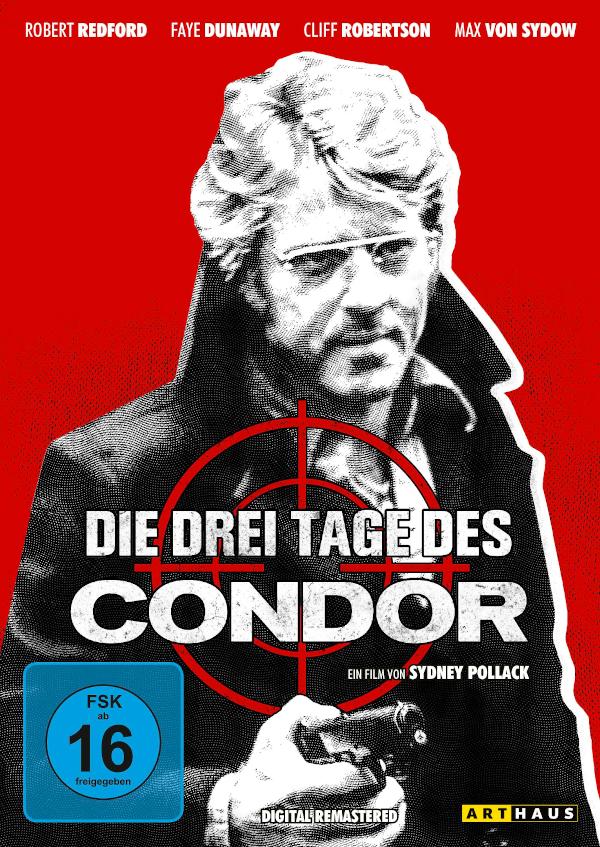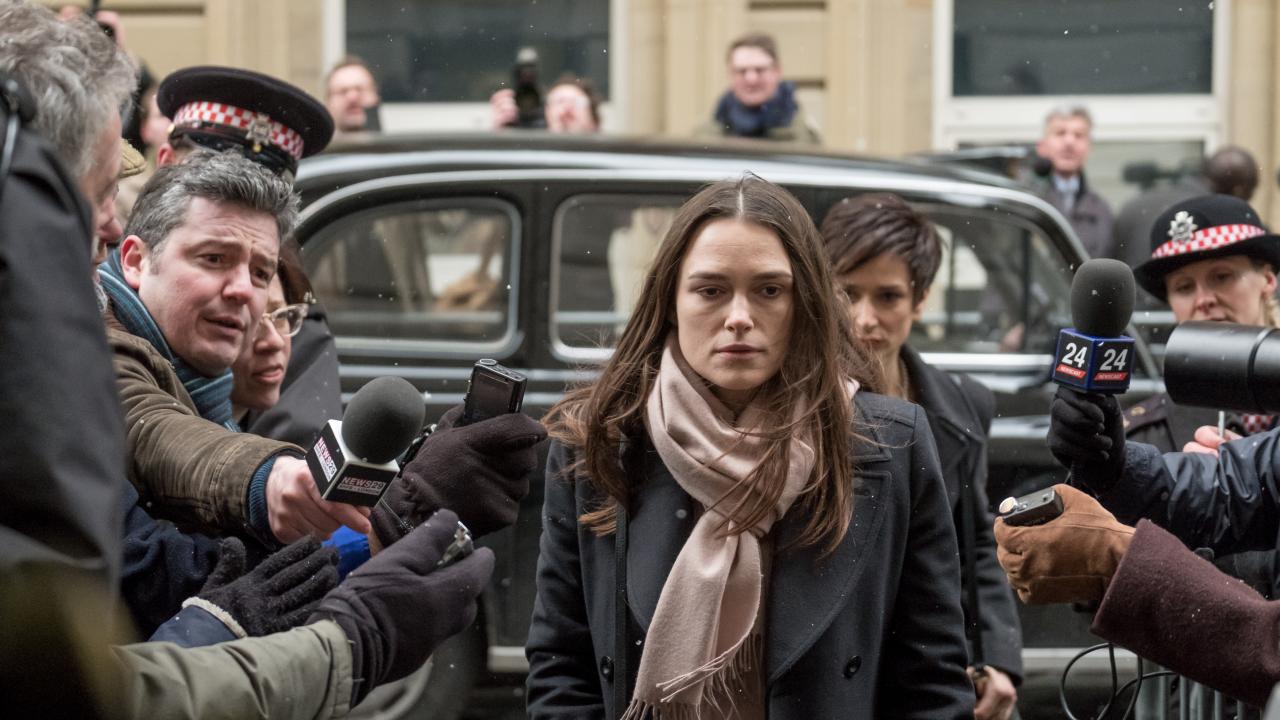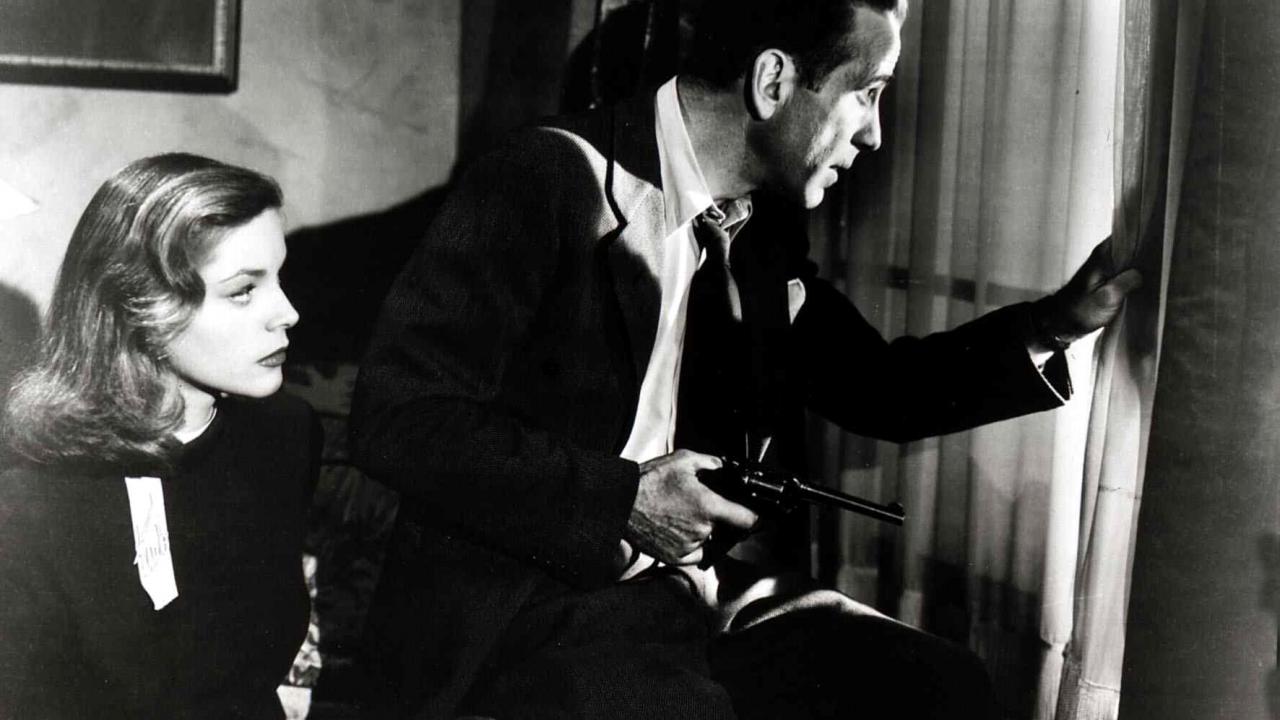Kategorie: Filmbesprechung auf englisch
"Three Days of the Condor"
In Englisch: Sydney Pollack's paranoia thriller about a CIA-conspiracy, produced in the New Hollywood era

Unterrichtsfächer
Thema
Joseph Turner works as an analyst for an obscure CIA unit in a clandestine office, where he reads international literature in search of hidden meanings, codes and other clues. One day, when he goes out to get lunch, he returns to find all his co-workers shot dead. As a CIA agent, one might expect him to be prepared for this kind of situation, but he cannot even remember his code name "Condor" when he puts in the emergency call. Finally, support arrives from the headquarter but he realizes that they want to kill him, too. Turner manages to escape by forcing his way into the apartment of a photographer named Kathy, whom he holds hostage while he works out what to do next. With Kathy's help, Turner uncovers a conspiracy that reaches up to the highest echelons of the CIA.
"Three Days of the Condor" is one of a series of American paranoia thrillers made in the 1970s. As in "The Parallax View", ("Zeuge einer Verschwörung", 1974) or "Marathon Man", ("Der Marathon-Mann", 1976) the focus of the film is on the alienation of a single person from an opaque and seemingly hostile world. The ubiquitous and invisible dangers of a conspiracy are expressed by means of telephoto shots (Glossar: Zum Inhalt: Zoom), which isolate the protagonist in the picture and give the impression of surveillance. The unsettling feeling of being caught up in a massive conspiracy is amplified Sydney Pollack's film by the fact that certain dialogues take place Zum Inhalt: off camera. We hear them like a constant echo behind wide-angle (Glossar: Zum Inhalt: Einstellungsgrößen) aerial views of Manhattan. The director uses music (Glossar: Zum Inhalt: Filmmusik), on the other hand, in an antithetical manner: in contrast to the normal conventions of the Zum Inhalt: thriller, the murderous attacks and frenetic chases are barely accompanied by suspense music, which creates the sense of almost mechanical procedures. The soundtrack, with its groovy funk music and feel-good rock, fills the gaps between these events and provides the atmospheric setting for the charismatic central character, played by Robert Redford, who is clearly conflicted: depending on the scene (Glossar: Zum Inhalt: Szene), he oscillates from bookworm to lover or perturbed victim to confident agent. This ironic basic tone, coupled with his portrayal as both a doubting and a dubious hero, who must resort to violence to capture his sole ally, is a departure from the conventional hero of a thriller story. This is another similarity between "The Three Days of Condor", and other movies from the Zum Inhalt: New Hollywood movement, which challenged the viewing habits of American cinema-goers in the 1960s and 1970s.
In an educational context the film may be regarded as a starting point from which to address conspiratorial structures in 1970s American politics, which came to light as a result of events such as the Watergate scandal or the Family Jewels affair. The mysterious backgrounds to the assassinations of John F. and Robert Kennedy and the human rights activists Malcolm X and Martin Luther King in the 1960s also exacerbated public perceptions of political insecurity which allowed paranoia thrillers to establish themselves. In the subjects of politics and ethics, the film can be used to analyze how conspiracy narratives gain traction and to address modern phenomena such as the QAnon movement. In German and English classes, a critical treatment of the female protagonist's character would be worthy of consideration, in that she seldom acts outside her role as object of romantic interest or as a simple plot vehicle. Last, but not least, the music of the 1970s plays a major role in Pollack's film, so that a music class could discuss the connections between musical patterns and the portrayal of a film character.



